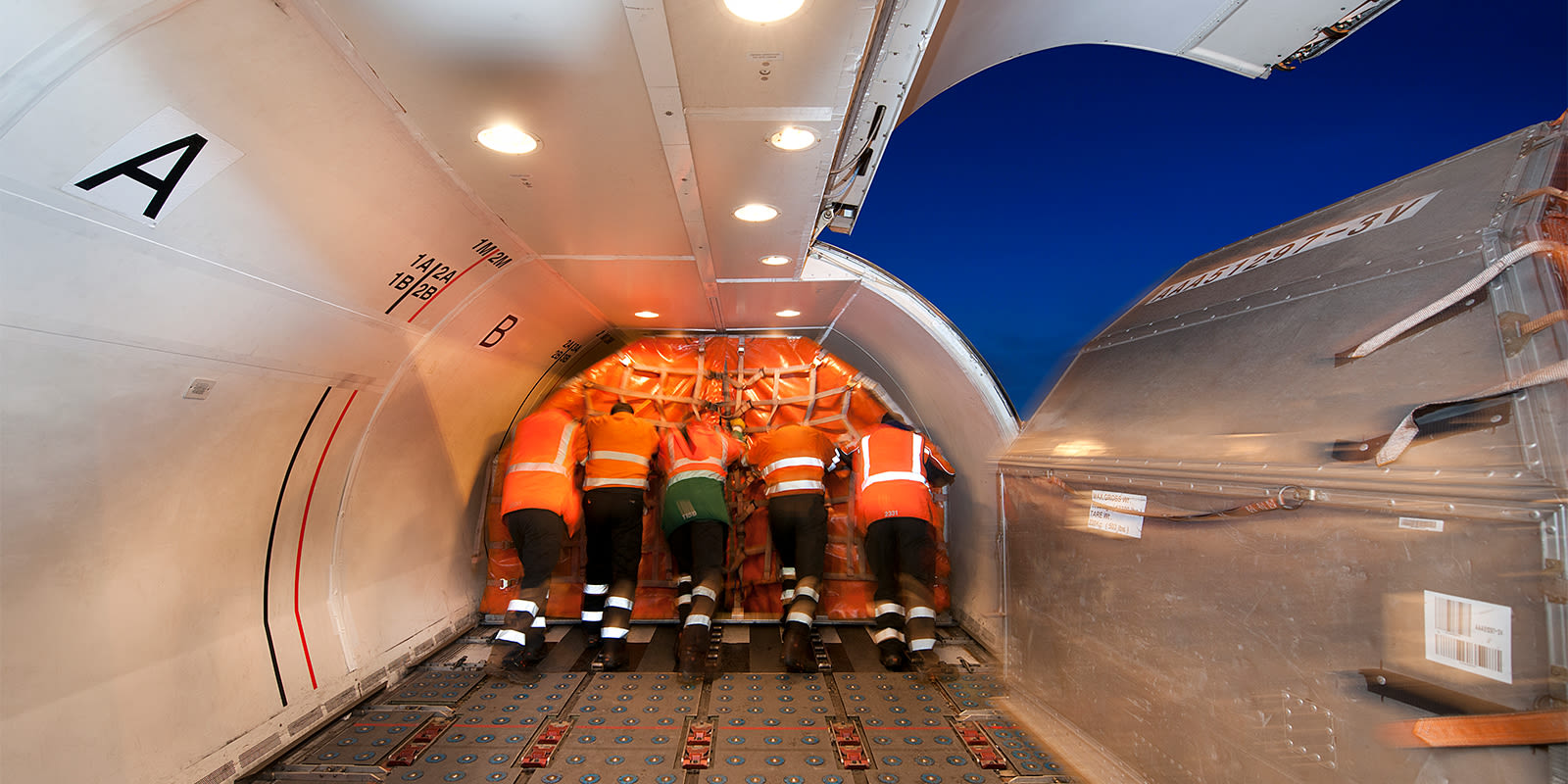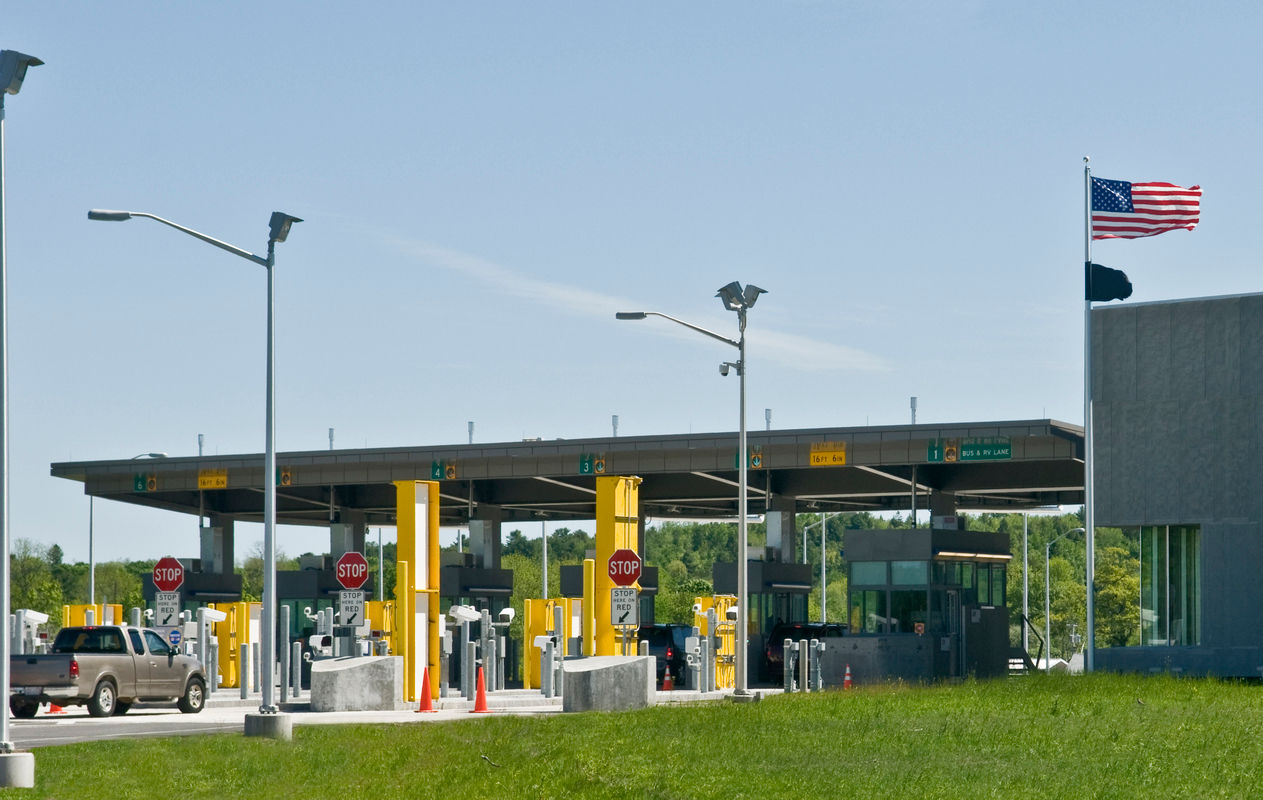
April 17, 2020
A Perfect Storm: How the Impact of COVID-19 has Driven Airfreight to Historic Levels
Tags:
A Perfect Storm: How the Impact of COVID-19 has Driven Airfreight to Historic Levels

April 17, 2020
Amid supply chain professionals lately, a common misconception in the wake of COVID-19 centers on the soaring price of air freight. The reason? Some assume that since people are stuck in place and not flying anywhere, all air prices—passenger or otherwise—should be down. After all, demand is low, right? Wrong. Demand might be low for passengers, but it most certainly isn’t for desperately needed personal protective equipment (PPE) and medical supplies.
More than 50% of air freight flies in the cargo holds of passenger planes. For Transatlantic lanes, that number rises to about 80%. But with many passenger fleets now grounded, the airfreight capacity has been snipped. In fact, according to the April 3 Seabury global capacity report, global air cargo capacity has dropped 35% from last year. And, double-digit air cargo capacity has sloped among trade lanes worldwide. Therein lies the problem: The intensely limited capacity has caused airfreight prices to skyrocket, particularly from mainland China.

Source : Seabury Global Capacity Update, April 3rd 2020
“Demand for PPE has ratcheted up the usual level of demand for air,” explains Neel Jones Shah, EVP and Global Head of Airfreight. “Everyone’s competing to get on an airplane, but we’re in a situation where capacity is just tapped out,” he adds.
What we see in the air freight market is unprecedented. Pricing is breaking all records and falls well outside the past five years’ range of prices. But nowhere is the exponential increase more dramatic than in the Transpacific trade lane. China to North America spot airfreight pricing is now well north of 10 USD per kilogram, and full freighters are selling above 1M USD per flight—and increasing every week. Looking at the China to Europe airfreight rates, the news is not much better, having seemingly tripled in the past month. On top of that: Some ground-handlers in North America and the EU are imposing COVID-19 emergency support surcharges.
Supply and Demand, Shock, and Bad Timing
Adding to the fact that most passenger fleets are now grounded and PPE is dominating existing capacity, is the stark reality that airplanes can only be flown so many times before they need to be taken out of service for maintenance. Currently, as Shah says, “freighters are flying at the edge of their tolerance.”
On the demand side of things, as COVID-19 began to take off in China, manufacturing, which was already shut down for the Chinese New Year, endured another several weeks of dormancy. As a result, factory output was delayed, remaining offline until mid-March. The result: orders in limbo, waiting to be delivered. To make up for that slowdown, some buyers have started switching from ocean freight to air freight, in hopes of getting their goods sooner.
But just when factories in China began to go back online, COVID-19 caused a demand slump in Europe and North America, as shelter-in-place measures were enforced. That triggered a wave of companies cancelling purchase orders. The downstream logistics implications are only now starting to show.
The situation has become fraught as governments worldwide have exerted pressure to secure capacity. For instance, in the US, FEMA chartered 50 wide-body cargo planes, including 747s, to transport PPE. Other governments around the world are doing the same. For PPE, paying more for airfreight is easily justified: The value of the goods is off the charts and time is of the essence. PPE buyers are understandably willing to pay any price to get these life-saving products fast.
The unprecedented limited belly capacity in passenger planes has led to a dramatic reduction in air freight space availability, fueling a very lopsided competition of merchants trying to ship their product versus the urgently needed orders of large quantities of PPE, which require fulfillment by air. Since the demand for PPE will be strong in the coming months, the elevated prices for airfreight are not expected to drop until COVID-19 has been contained.
What Airlines Are Doing to Improve Supply and Ensure Sufficient Uplift
While it can seem like things are out of control with airfreight, airlines are taking three key measures to alleviate the stress:
1. Increasing utilisation of freighter flights: Airlines are doing this by decreasing ground time, deploying more freighters on longer routes, and postponing maintenance cycles. However, the airline industry is highly regulated and deferred servicing can be pushed out only so far.
2. Bringing old aircraft out of retirement: Most planes would need significant maintenance to be operational again, but it’s a strategy that could help fill the void.
3. Using Passenger Planes as Cargo Planes: While not the most cost-effective way to transport large amounts of cargo, it is possible to fly a 777, 787, A330, or A350 with cargo profitably, given the price points in the market today. These planes carry up to 30 tons or 150 cubic meters of cargo—remarkably smaller than 747 freighters with 130 tons and 700 cubic meters of capacity. Some airlines go a step further and remove seats from the upper deck or load loose cargo on the seats. In fact, following the lead of foreign aviation authorities, US air-safety regulators plan to lift restrictions and provide guidelines for US air carriers to convert passenger areas of airplanes to hold cargo, according to the Wall Street Journal.
What to Do if You Rely on Air to Ship Goods
For those who typically rely on air, there are a couple of tactics to help offset the impact of the soaring cost of airfreight.
- Break it Down. Work with your freight forwarder on shipping plans to reduce quantities or consolidate. Forwarders can move smaller quantities more easily, using passenger freighters or other spot capacity. It’s easier to get uplift for smaller shipments than chartering planes. Another option: Ask your forwarder to secure full freighter capacity for large shipments (100+ tons). Keep in mind, however, almost all 747s are committed through mid-May.
- Switch to Premium Ocean. Fast ocean services (FCL and LCL) is a great option, especially for those on the West Coast. For instance, in about 10 days, shipments can arrive in Los Angeles from Shanghai. And once on the West Coast, shipments can be routed reasonably fast by express rail or team trucks anywhere else in the US.
The fate of when supply chains resume normal operations remains to be seen as analysts and economists speculate on which shape the supply chain recovery will take—V (indicating rapid recovery) or U (indicating recession).
In a V-shaped recovery, much will depend on the course that COVID-19 takes. If public concern for protection remains high, PPE will continue to command the lion’s share of airfreight capacity. And, one thing is for certain, based on what was learned from the SARS outbreak: People are not likely to resume traveling any time soon, which means passenger plane capacity will continue to be limited. That would lead to sustained higher prices through the end of the year, casting a large shadow on peak season.
In a U-shaped recovery, on the other hand, consumer demand will falter, supply chains will slow down, and importers will switch to ocean freight. If that happens, demand for air freight would be driven largely by PPE orders, which would cause prices to drop.
You can find more information about airfreight and ocean pricing in our weekly Freight Market Update. Or, to learn more about how COVID-19 is impacting supply chains, visit our COVID-19 Trade Insights page.
About the Author

April 17, 2020


